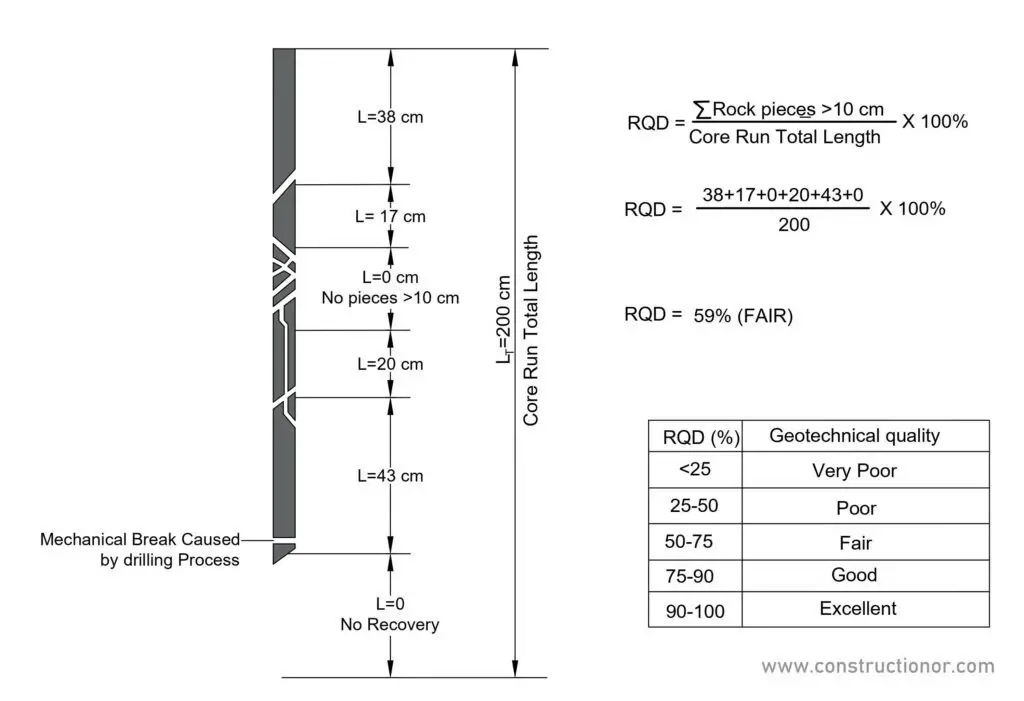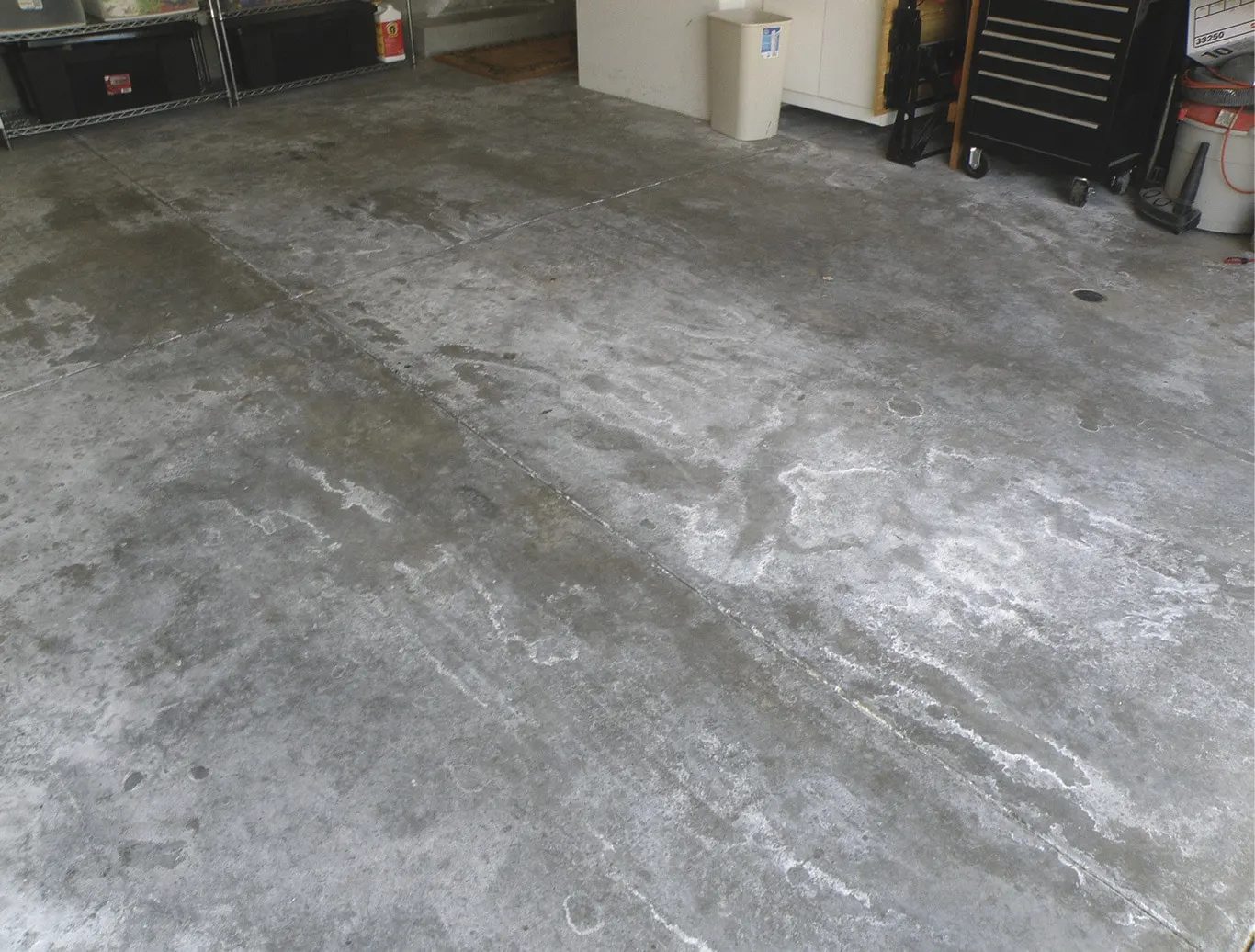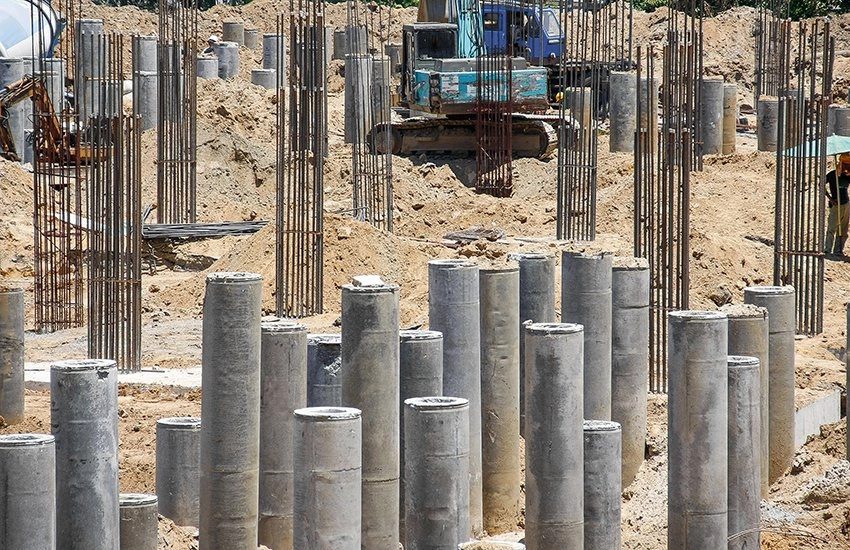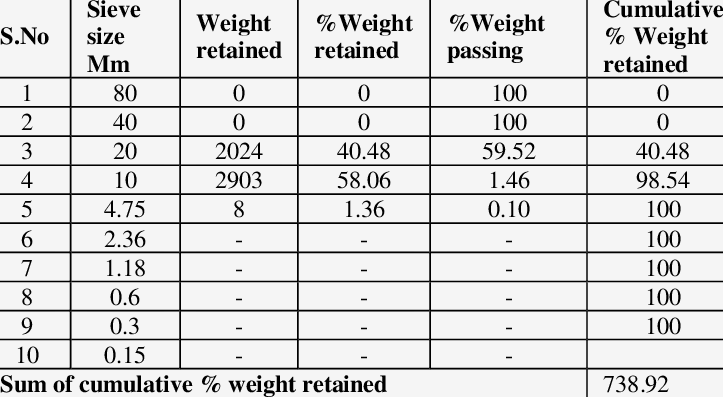Excavators are heavy construction equipment, including a boom, dipper, bucket, and cab, known as a “house” on a rotating platform and the house sits atop an undercarriage with tracks or wheels. They are a natural progression from steam shovels are often mistakenly called power shovels.
This differentiates excavators other than earth moving machines, such as bulldozers and other equipment used for digging & loading with forwarding movements.
Here we will learn about excavator, types of excavator & its components.
Introduction to excavator:
An excavator is a self-propelled vehicle, that is capable of moving material from one place to another and its working position remains unchanged.
An excavator is constituted by one or more spoons, a suitable structure that designs the necessary force, and a movable frame on rails or equipped with caterpillars, wheels, or other means that allow their displacement.
When an excavator is mounted on a boat, it is called a dredger.
When an excavators are not self-propelled, the lifting system is usually formed by a chain of buckets that carry out the different operations successively without interruptions.
Types of excavator:
Crawler Excavators:
Crawler excavators are also called crawlers or standard excavators because it runs on two rotating tracks instead of wheels, in the same way, a tank does sometimes by fixing it on the ground.
The crawler uses hydraulic power is slower than a wheeled excavator and its tracked chassis makes it more stable.
This makes crawler excavation a perfect choice for a steep, bumpy, or mud-filled landscape- the chain wheel system allows it to balance better on uneven terrain.
Wheel excavator:
The wheel excavator is similar to a crawler, but it has wheels rather than tracks, it has less grip than standard, best used on asphalt or concrete.
While the wheel excavators are not suited for the sites with the soft soil, hills and slopes, it is faster than a crawler when on a smooth, hard surface and more comfortable for movement.
Suction excavator:
These diggers include a suction pipe that acts as a high pressure-vacuum.
Working with a built-in water jet, the suction system quickly sucks up the soil and debris at speed up to 200 mph.
Construction companies’ use this excavator for works that require careful and precise excavation.
Long Reach Excavator:
Long-reach excavator have a long arm and boom; its expandable arm has a range of 40 to 100 feet, making it possible to reach areas that are 100 feet away horizontally.
It is used where the construction site prevents the machine and operator from getting too close, such as demolition projects over a river or lake.
Hydraulic shovels:
The hydraulic shovel is the most powerful excavators.
It is mostly used for mining projects, as well as for handling any work that requires lifting and moving massive rocks, minerals and other heavy materials.
Dragline Excavation:
Dragline digging is more extensive than a standard excavators.
It consists of a hoist rope system and a dragline to move the bucket up and down, also to pull it towards the driver.
This dragline system makes this excavation ideal for underwater excavation.
Skid steer:
The difference between a skid steer and excavator is the skid steer, away from the driver and the face of the bucket.
Skid steers are used for small schemes and residential works.
External parts of an excavator:
Bucket:
Buckets are the most common digging attachment, they are steel bodies and sides of the teeth make them ideal for digging and scooping.
Auger:
The auger is an accessory which is used to drill into the ground.
Breaker:
Breakers are similar to the jackhammer, they are ideally used for hammering through stone, rocks, and concrete.
Thumb:
Thumbs are used for the materials that are too big for the bucket such as a tree stump or concrete slab.
Couplers:
If the job needs regular attachment variations, a coupler can help save time, money, and human resources.
Also read: Backhoe, Bulldozer & Sheepsfoot Rollers
Conclusion:
An excavator is a large vehicle used for excavation and demolition, dig trenches, load trucks, lift pipe, and handle attachments such as hydraulic breakers, shears, etc.










Thank you for letting us know that excavators are self-propelled and used for moving materials from one place to another, so they’re commonly used as earthmoving machines. I need to get the site prepared for the beach resort project I’m investing in, so I have to get excavators to work on it soon. I’ll keep this in mind while I look for professional excavation services to hire for their equipment and our site preparation needs soon.